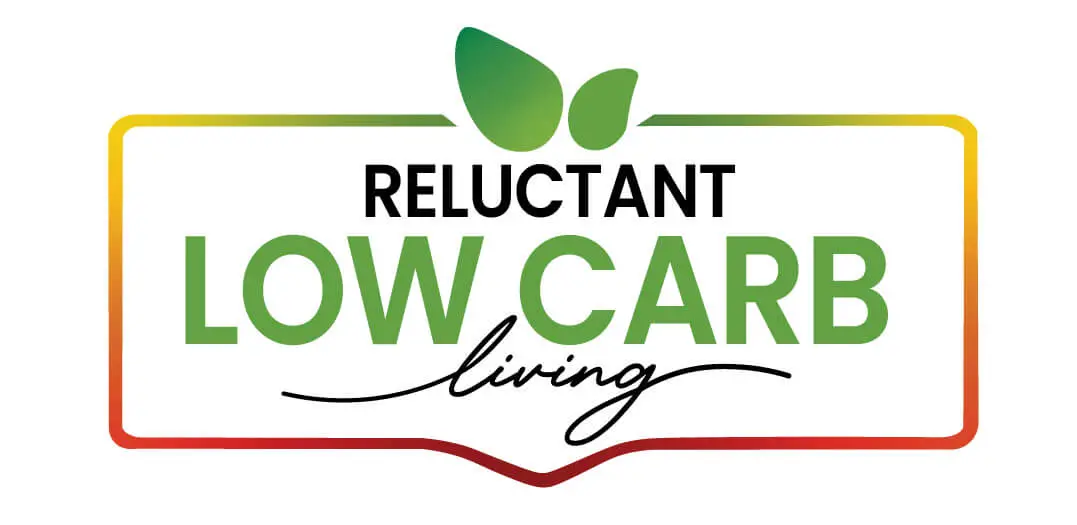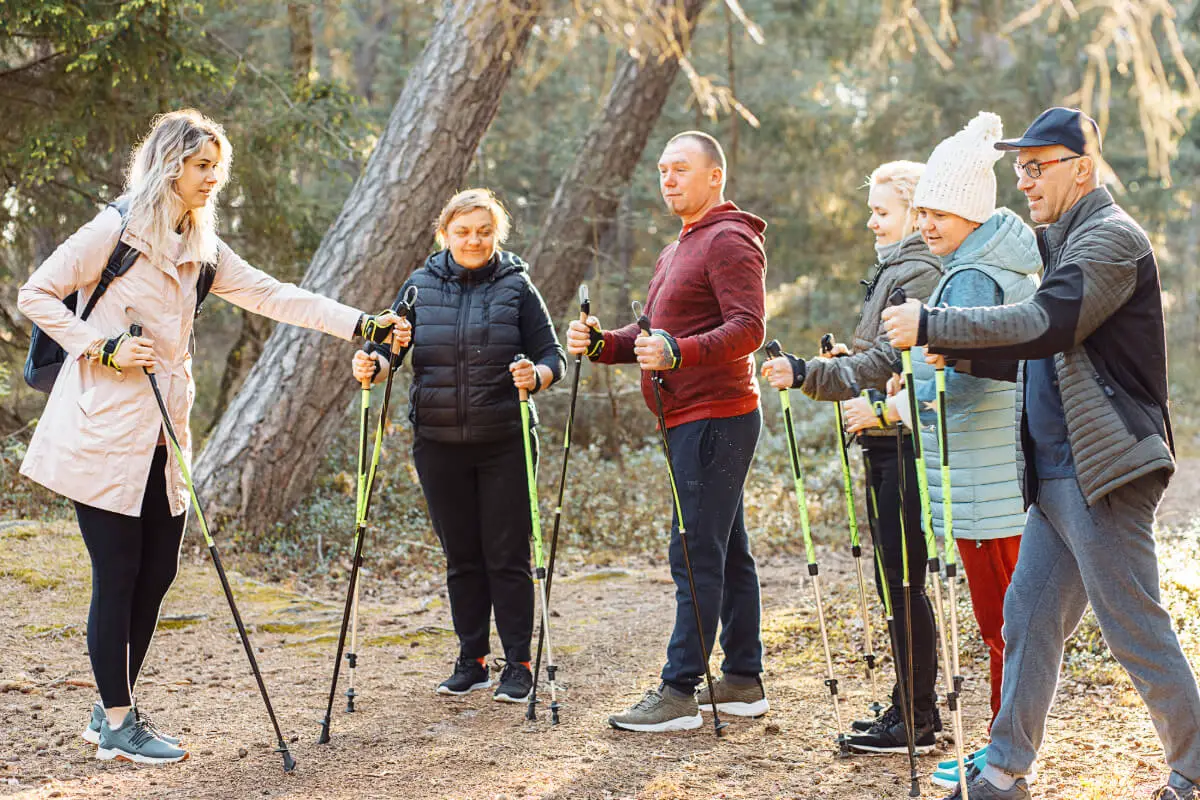Modern society is increasingly discovering the myriad benefits of fitness workouts, and one such form of exercise garnering attention is Nordic walking. As a wholesome exercise regimen, Nordic walking has myriad health benefits for people of all ages. However, like any form of physical exercise, it lacks some challenges and downsides.
Aspiring fitness enthusiasts need to consider certain aspects like potential muscle strains, the cost of equipment, the necessary time commitment, and social perceptions associated with this form of walking. This balanced perspective will help individuals make an informed choice on incorporating this fitness discipline into their routines.
Table of Contents
- Injury and Physical Strains from Nordic Walking
- Cost Factor in Nordic Walking
- Time Commitment and Persistence in Nordic Walking
- Social Perception of Nordic Walking
- Related Question
Injury and Physical Strains from Nordic Walking
Nordic Walking: An Elegant Stride or a Struggle? Here’s the Truth!
It’s no secret everyone’s invested in fostering better self-care habits and leading healthier, balanced lives. Among the recent popular trends, Nordic Walking has undoubtedly made a dramatic entry, turning heads with its simple yet unique approach.
Let’s delve in and sift fact from fiction surrounding this Scandinavian import.
With its roots embedded in professional cross-country skiing, Nordic walking is a full-body workout incorporating more muscles than regular walking. It engages the arms, shoulders, upper body, and lower body muscles, stimulating a holistic physical response. However, any activity can lead to injury, so viewing this walking phenomenon through a realistic lens is necessary.
Though Nordic Walking has an aura of simplistic elegance, there are instances where it can lead to unwanted strain and even injury. The use of poles (an integral feature of Nordic Walking) can create instances of over-extension and put strain on the arm and shoulder muscles.
If not performed accurately, each “plant-push-release” cycle could be an unnecessary strain on these body parts.
Navigating through Nordic walking also requires a keen eye for posture and alignment. Given the dynamic nature of the activity, it could potentially thrust an individual into an unfamiliar posture or lead to poor alignment, causing discomfort or even eventual injury.
Sometimes, an inadequate warmup or not being conditioned enough can also lead to discomfort or strain.
Don’t be dismayed just yet! The beauty of Nordic Walking lies in its technique; getting that right reduces the chances of physical strain significantly. An expert-led training session, paying attention to proper posture, aligning the body correctly, and allowing for adequate warmups and cool-downs can make all the difference.
In essence, Nordic Walking, like any physical activity, can be a double-edged sword. It’s a beautiful, full-body workout that offers more than your conventional stroll but requires more attention to detail. Approach it with an open mind, respect the process, and, above all, pay attention to how your body feels at all times. Injury and physical strain aren’t a given but a possibility, and a mindful approach always paves the path for a healthier journey.
It’s not just about building a lifestyle; it’s about maintaining it, too. Happy Walking!
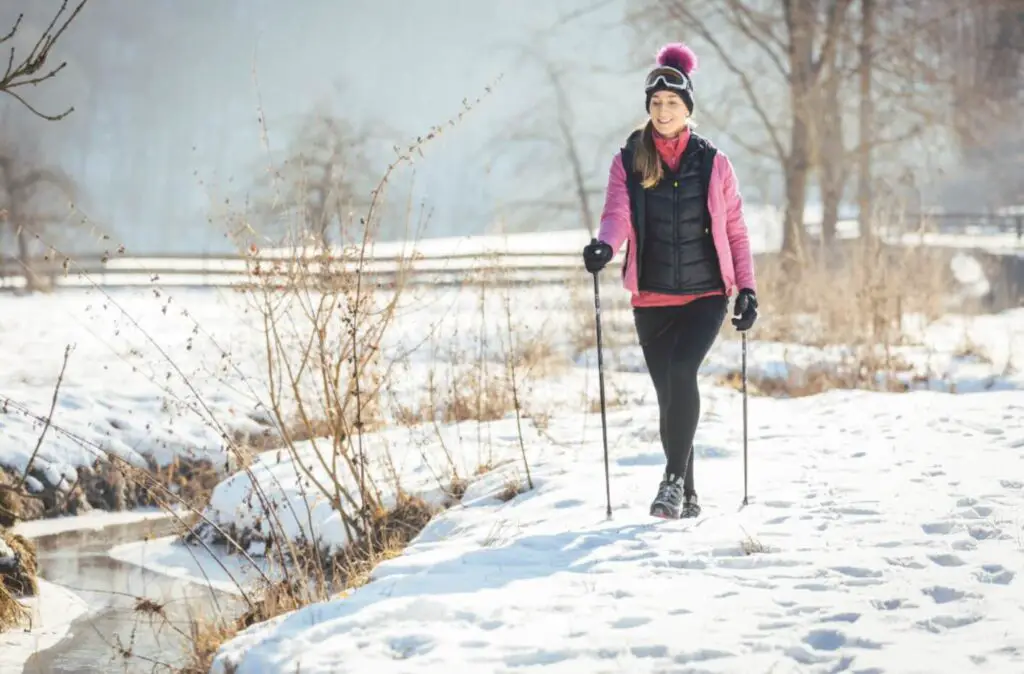
Cost Factor in Nordic Walking
Reconfiguring our Fitness Routines: The Cost Breakdown of Nordic Walking
Shedding light on what lurks behind the overt allure and touted health benefits, the next crucial frontier to conquer in the Nordic Walking dialogue is the good old ‘cash question’ – just how much impact does a switch to Nordic Walking have on your wallet?
In this lifestyle that so many have come to cultivate, the cost factor is certainly not a trivial concern. Our fitness endeavors are indeed investments in our well-being. As with all investments, looking at the “dollars and cents” before diving in is essential.
Could Nordic Walking, with its blend of cardio and strength benefits, streamline the wallet’s expanse while attaining the coveted balance between active living and financial prudence? Is this classic Scandinavian pastime possibly the much-needed antidote to the frequently hefty price tags in the wellness and fitness industry?
A preliminary plunge into our inquiry introduces us to the primary gear essential for Nordic Walking: the pair of specialized poles. Far from your average tent peg, these poles are designed with precision engineering and boast added features such as adjustable length, strapless handles, and carbide or rubber tips for varied terrains. However, you may be delighted that the average price generally orbits around a reasonable $50-100 range.
In the long run, durable poles become a one-time buy – a cost-effective alternative to gym memberships or continual purchases of disposable sports accessories. And compared to high-end sporting equipment, Nordic Walking poles stand in a league of their own regarding affordability.
On the other hand, the learning curve attached to Nordic Walking could warrant expert coaching. Personal training sessions for mastering the Nordic Walking technique exist but will undoubtedly increase your initial investment. Nevertheless, these sessions are usually optional, and numerous free resources are readily available online for self-starters wishing to tread a more independent path.
Perhaps the least apparent yet intrinsic aspect of the cost puzzle is healthcare. By leaning towards low-impact exercise forms like Nordic Walking, future medical or physiotherapy bills can be prevented from high-impact workout injuries. Given Nordic Walking’s gentler approach to exercise, its potential for saving long-term medical costs should not be underestimated.
In conclusion, while Nordic Walking has its costs within the gear and potential training sessions, it’s also a practice with significant potential for long-term financial— and, more importantly, health benefits. As with any exercise, the key is to make informed decisions and listen to your body and your budget.

Time Commitment and Persistence in Nordic Walking
Delving a little deeper into the lifestyle aspect of Nordic walking, we come across just how time-consuming it really can be. Especially against the backdrop of our busy lives, it’s critical to analyze the time investment associated with any fitness regime.
Is Nordic walking a quick touch-and-go routine, or does it require a substantial time commitment? The straightforward answer is it depends on interpretation. Just as with any physical activity, the more one invests time-wise, the larger the returns on health and fitness.
Here’s an interesting fact- Nordic walking, unlike other forms of workout, doesn’t demand a large chunk of time block. Picture this – You’re out for a leisure stroll in the park or along your neighborhood sidewalks; the only difference is, now, you’re equipped with a pair of Nordic poles. The trick lies in integrating this routine seamlessly into the daily activities. Fancy an early morning newspaper fetch? Grab your poles before heading out!
As for the duration, it’s all about personal inclinations and set objectives. Some prefer long, tranquil walks better suited towards weekends, while others opt for brisk, daily blasts. There’s flexibility and plenty of room to keep tweaking per the evolving schedules and necessities.
Amidst the concern for time consumption, don’t forget to prioritize quality. The effectiveness of a Nordic walking session lies not in its length but in the consistent rhythmic movement of coordinating arm swing and foot stride.
Moving onto group classes and interactive walking sessions is a great way to enjoy and adhere to long-term Nordic walking. Remember here that time spent on these sessions is not just for the workout alone but also contributes to the social fabric of life.
Equally important are quick online research stints to get the basics right and the occasional gear maintenance, which won’t waste much of your time. So, considering all the aspects, Nordic walking is more time-flexible than time-consuming.
Hence, don’t fret about the ticking clock if you contemplate adding Nordic walking to your repertoire. Ideally, adapt it into your routine, make it a part of your lifestyle, and soon, you’ll find Nordic Walking isn’t a time-consuming activity but a fabulous full-body wellness tool that blends into your everyday life without a hitch.
Remember, it’s more than just about fitness; it’s about experiencing a holistically healthy lifestyle while appreciating the beauty around you. The time invested is worth the dividends of a healthier mind and body.
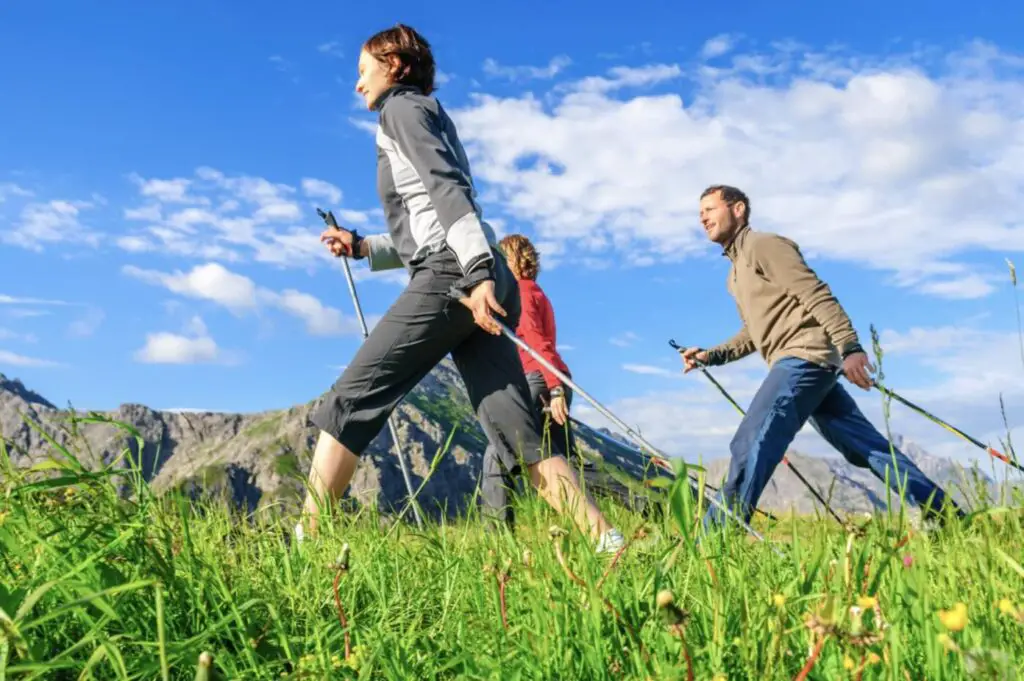
Social Perception of Nordic Walking
Now that you’re familiar with the hows and whys of Nordic Walking and understand its financial and time implications let’s chat about a particular elephant in the room: the social stigma. While Nordic Walking is gaining ground as a fitness routine, a few outdated perceptions persist.
Here’s the thing: Nordic Walking can, at first blush, come across as slightly different. The pronounced arm-swinging poles have a particular aesthetic that deviates from what we typically associate with a brisk walk or cardio sesh at your local gym.
There’s a calm conversation swirling around it, whispering it to be more apt for an older demographic, championing it as ‘elderly exercise.’ In reality, however, Nordic Walking is an all-ages powerhouse of a workout that everyone can benefit from, including millennials, boomers, and everyone in between.
The truth is the stigma originates from a place of misunderstanding. Nordic Walking is a victim of assumptions and stereotypes that often plague anything that deviates from the ‘norm.’ As with any trend or practice, breaking down the stereotypes requires a little education. The facts remain: Nordic Walking benefits all, regardless of age or fitness level.
From high-level athletes using it as a cross-training method to office professionals incorporating it into their lunch break to school kids doing it to blow off steam, the accessibility and variety of implementation make Nordic Walking shine.
Yet, much like technological advancements or boundary-pushing fashion statements, change can be met with a bit of resistance. This, however, should never dissuade you from embracing an activity that promotes physical well-being and mental health benefits and is accessible to a broad audience.
Fitness is a personal journey, and the opinions, stigmas, and stereotypes society might attach to a fitness regime should never jeopardize your wellness goals. In this always-on, trend-driven lifestyle, let’s not lose sight of the core reason behind finding our perfect fitness match: Health.
So, rather than fretting over perceptions, let’s use the poles of Nordic Walking as literal extensions of breaking barriers. Life is too short to be deterred by a few sideways glances.
Nordic Walking may seem out of sync with other fitness regimens. Still, stepping out of the ordinary poses an opportunity for us all to redefine traditional fitness norms and embrace well-being in all its forms. Now, if that isn’t the ultimate fitness goal, what is?
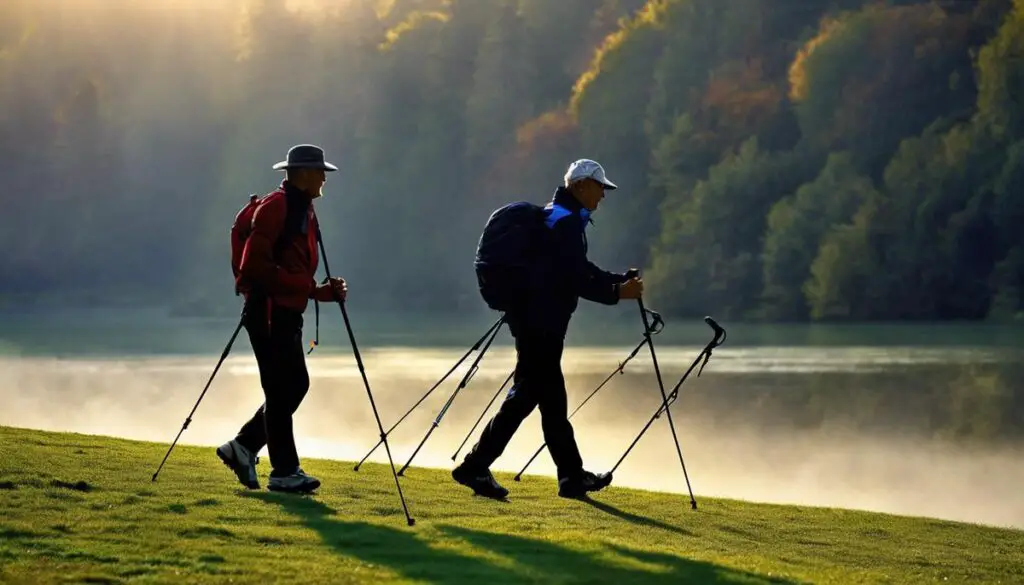
While Nordic walking has myriad benefits, such as its low-impact workout, improvement in cardiovascular health, and contribution to mental well-being, it also presents some challenges.
The risk of injury due to improper technique, the financial aspect related to gear and classes, the commitment of time, and the possible impact of societal views pose potential deterrents.
However, by being aware of these aspects, individuals can approach this form of fitness from a place of knowledge and realigned expectations. They can adapt their approach to make the journey smoother, whether through proper training, budgeting, scheduling, or challenging existing stereotypes. In the fitness world, knowledge enables power, and a commitment tempered with realism paves the way to success.
At Reluctant Low Carb Life, we are staunch advocates of the Health Trifecta: Fullness, Fitness, and Freshness. Additionally, we embrace the pillars of health, wellness, and graceful aging. Our mission is to provide honest and precise information to individuals dedicated to adopting a healthy lifestyle while enhancing their fitness and well-being.
We have a free monthly newsletter that is filled with information and helps you remain updated. Subscribe to the Reluctant Low Carb Life newsletter by clicking here.
Listen to our weekly podcast, Reluctant Low Carb Life, on all the major podcast platforms by clicking here.
Follow us on Instagram and Facebook by clicking the links.
Related Question
Nordic Walking With Dog – Advice On Nordic Walking With Dog
Our outings aren’t your typical strolls. Instead, I opt for Nordic poles to engage in my preferred Nordic walking routine. While Nordic walking alongside your furry friend can present some challenges, it’s entirely achievable with dog training or a suitable off-leash location. Join us as we delve into Nordic walking with your trusty Nordic poles and faithful canine companion.
You can read more about Nordic Walking With Dog – Advice On Nordic Walking With Dog by clicking here.
What Will Be The Effect Of Exercise If I Don’t Change My Diet?
There are many benefits to exercise, such as our overall well-being and health, we will age better, our minds become sharper, we can handle some of the stresses in life better, we live life to the fullest, and we can better manage our weight.
You can read more about What Will Be The Effect Of Exercise If I Don’t Change My Diet? by clicking here.
Is Nordic Walking Better Than Regular Walking?
Nordic walking is shown to engage about 90% of your muscles. It is known to be a superior exercise when compared to just regular walking. There are many added benefits to adding Nordic walking poles to your walking routine. It is a relatively simple and easy walking exercise to do.
You can read more about Is Nordic Walking Better Than Regular Walking? by clicking here.
